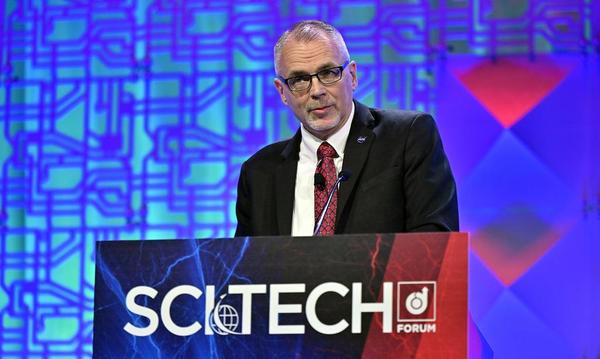
NASA wants to keep an unbroken American presence in low-Earth orbit
AIAA SCITECH FORUM, ORLANDO, Fla. — NASA today elaborated on its newly embraced determination to keep Americans in low-Earth orbit continuously beyond 2030, when the final crew members are scheduled to come home from the International Space Station before it’s deorbited in early 2031.
Last year, when NASA invited the industry and public to comment on its draft long-term strategy for research in LEO, the agency received a very specific complaint: The document did not explicitly call for maintain...
Last year, when NASA invited the industry and public to comment on its draft long-term strategy for research in LEO, the agency received a very specific complaint: The document did not explicitly call for maintain...











































